Collecting knives is more than owning functional tools—it’s about appreciating craftsmanship, design, and heritage. Among the most striking features of collectible knives are designer handles, which not only define the knife’s look but also its feel, balance, and long-term value. If you’re considering adding a designer handle knife to your collection, understanding the key factors will help you make a smart and lasting choice.
How to Choose the Right Designer Handle Knife for Your Collection?
1. Understand the Purpose of Your Collection
Before choosing, ask yourself:
-
Are you building a functional collection (knives for outdoor use, hunting, or cooking)?
-
Do you prefer display pieces that showcase artistry and craftsmanship?
-
Or are you interested in investment-grade knives that appreciate in value?
The answer will guide whether you should prioritize durability, aesthetics, or rarity in the handle design.

2. Explore Popular Handle Materials
Designer knife handles come in a wide range of materials, each with unique appeal:
-
Exotic Woods – Rosewood, ebony, or walnut provide warmth and elegance, ideal for collectors who value traditional craftsmanship.
-
Bone & Horn – Adds a rustic, antique feel and often features intricate carving or inlay.
-
Mother-of-Pearl & Gemstone Inlays – Luxurious and eye-catching, perfect for display knives.
-
Metals (Silver, Brass, Damascus Steel) – Strong, weighty, and often engraved for detail.
-
Modern Composites (Micarta, Carbon Fiber) – Lightweight, durable, and suited for functional collectors.
Choose based on whether you want classic luxury or modern innovation in your collection.
3. Pay Attention to Craftsmanship
Designer handles often feature:
-
Hand-carving or engraving
-
Inlays with precious metals or stones
-
Unique textures for grip and feel
A well-crafted handle isn’t just beautiful—it enhances the balance and comfort of the knife. Always look for seamless joints, smooth finishing, and secure fittings as indicators of quality.

4. Consider the Knife’s Overall Aesthetic
The handle should complement the blade’s design. For example:
-
A Damascus blade pairs beautifully with wood or horn handles.
-
A modern tactical blade looks best with carbon fiber or micarta.
-
A collector’s display knife might shine with gemstone inlays or silver fittings.
A mismatched handle and blade can reduce both the knife’s usability and its collectible value.
5. Evaluate Rarity and Brand Heritage
When investing in a designer handle knife:
-
Look for limited editions or knives made by renowned artisans.
-
Research the maker’s reputation and history.
-
Limited-production runs often increase in value over time, especially if the maker has a strong following.

6. Balance Comfort With Design
While aesthetics matter, comfort shouldn’t be overlooked. If you plan to use your knives, make sure the handle:
-
Feels balanced in hand.
-
Offers a secure grip.
-
Matches your intended use (kitchen, outdoor, or ceremonial).
7. Protecting Your Investment
Once you’ve chosen the right knife, proper storage is essential:
-
Use a display case with humidity control for wood and bone handles.
-
Apply conditioning oils to natural materials.
-
Keep knives away from direct sunlight and extreme temperatures.
Final Thoughts
Choosing the right designer handle knife for your collection means balancing aesthetics, craftsmanship, and functionality. Whether you value rare materials, artistic design, or brand heritage, the right handle transforms a knife from a simple tool into a statement piece. By selecting wisely, you’ll not only enhance your collection but also own a piece of art that grows in beauty and value over time.

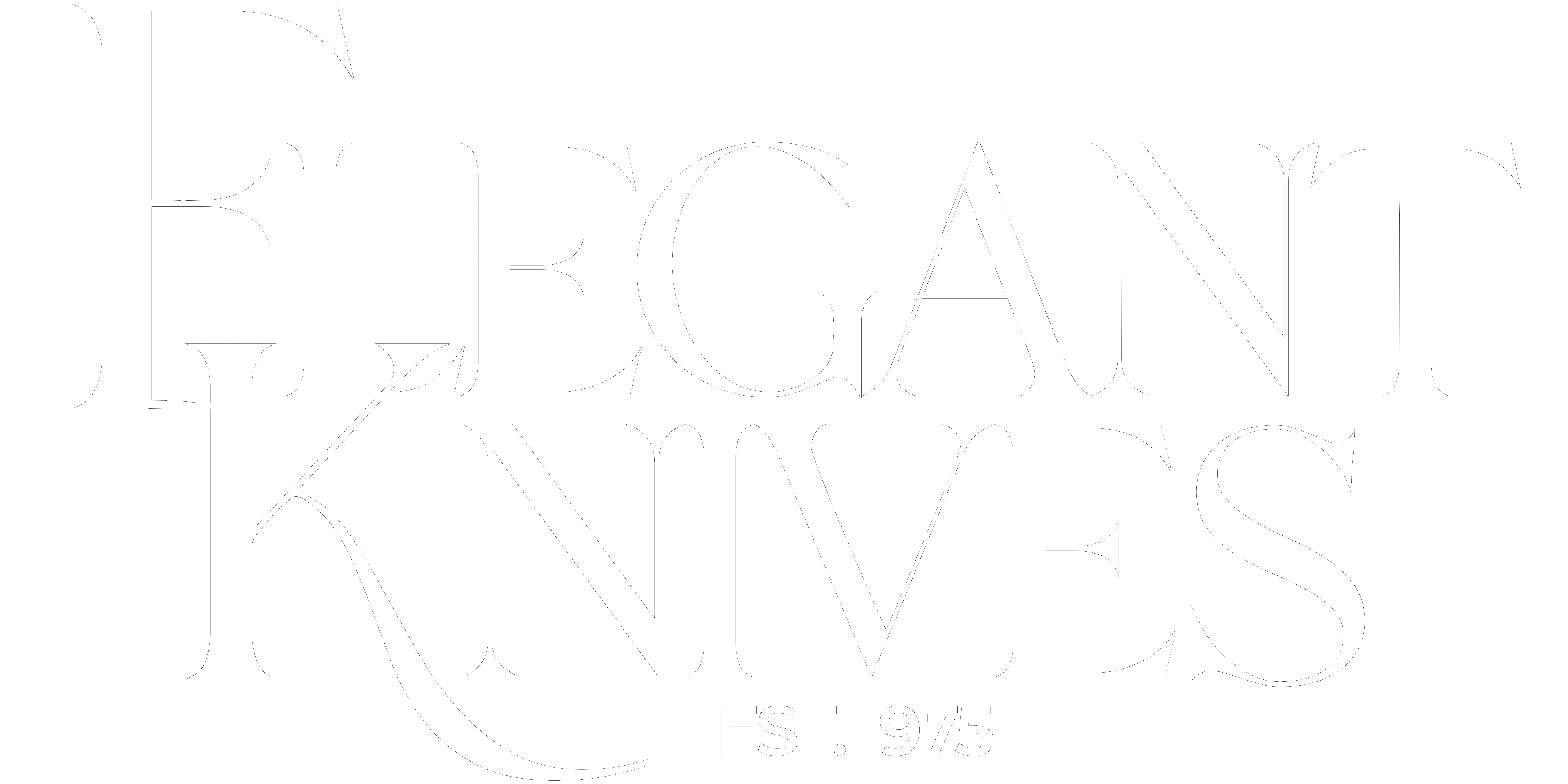

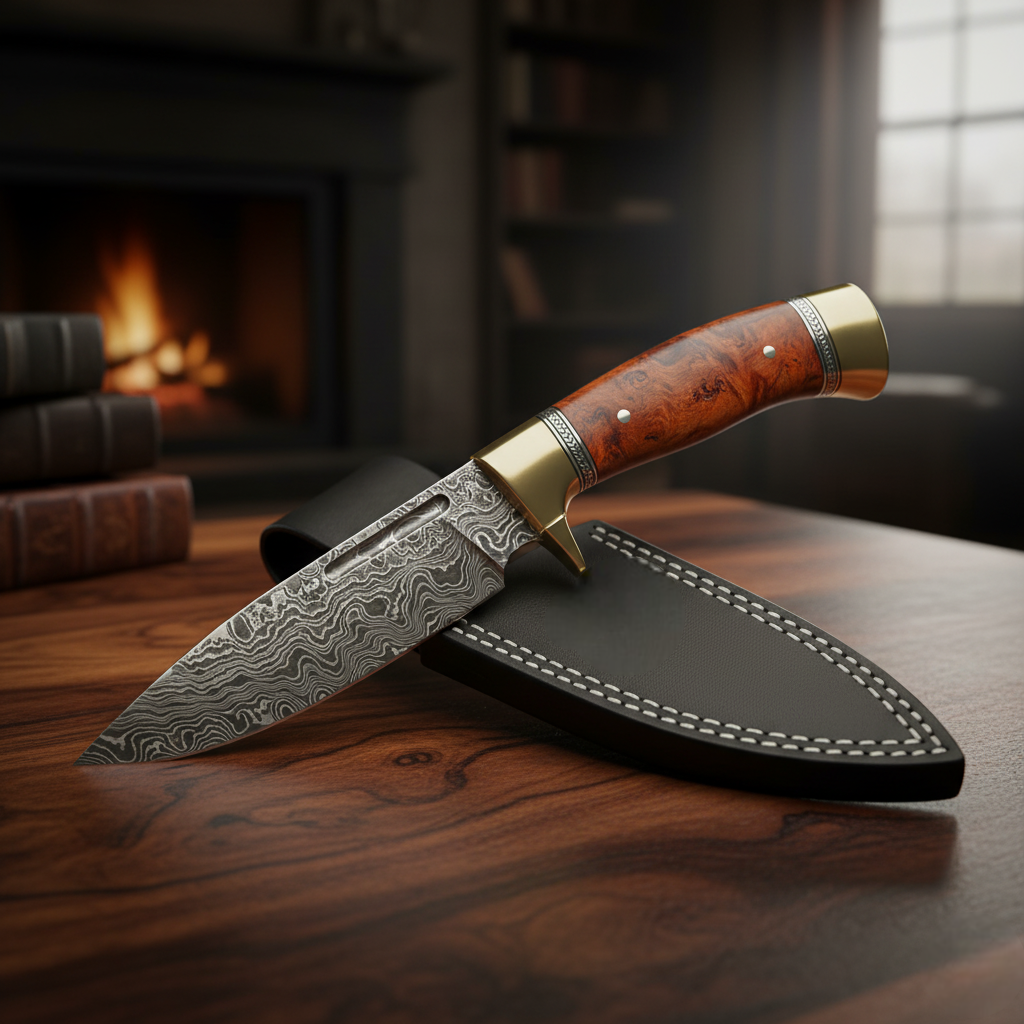
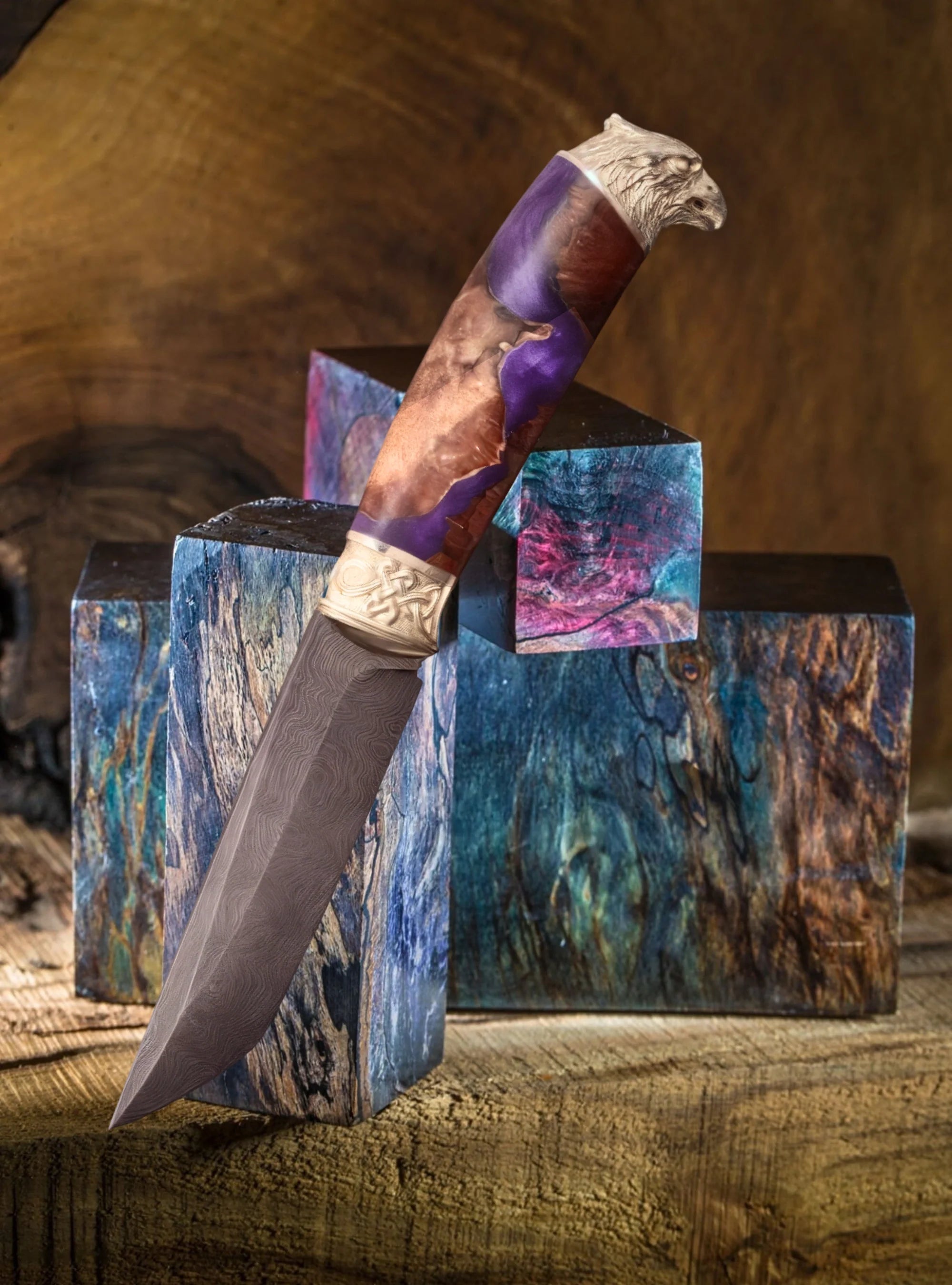
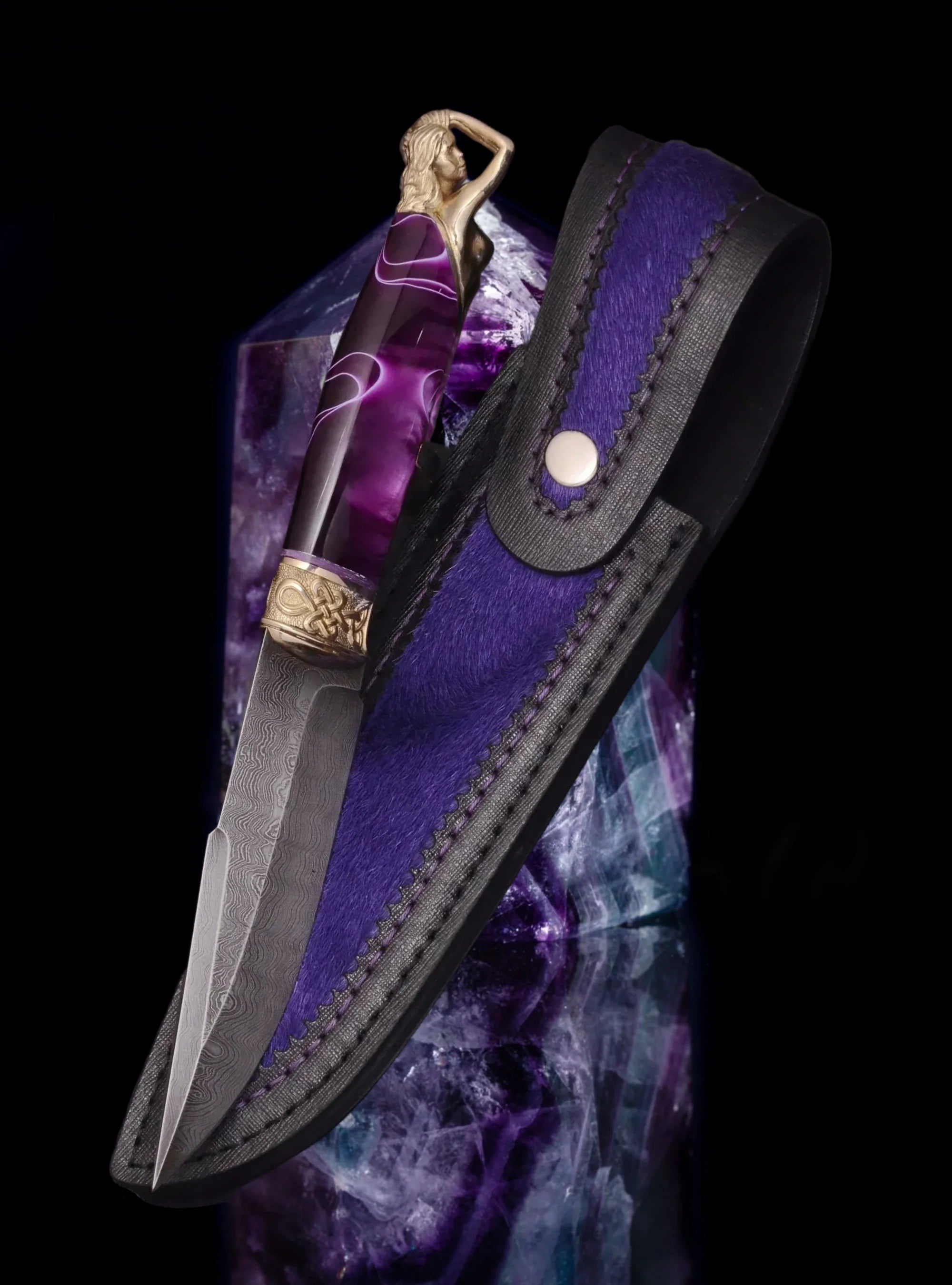
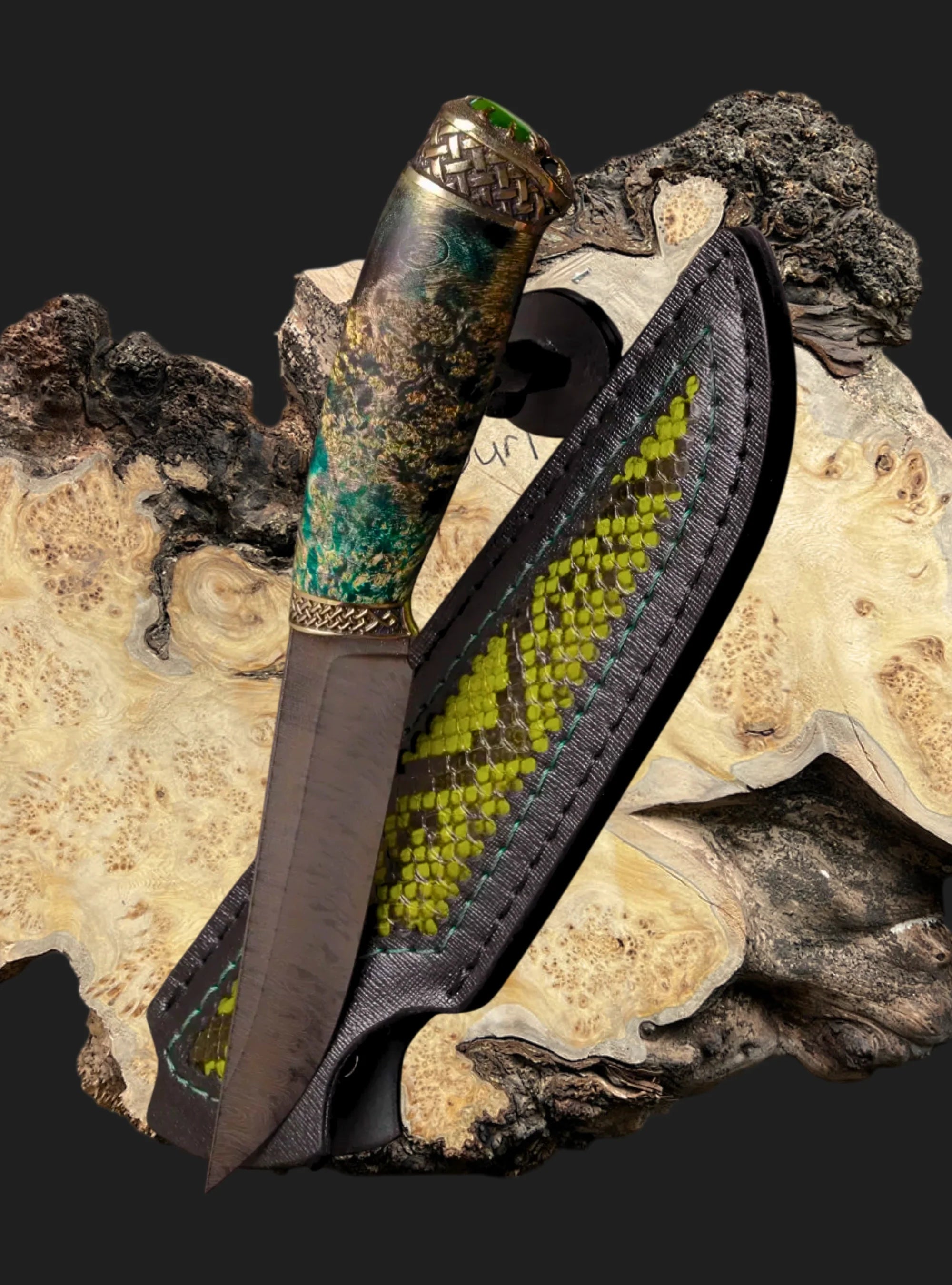
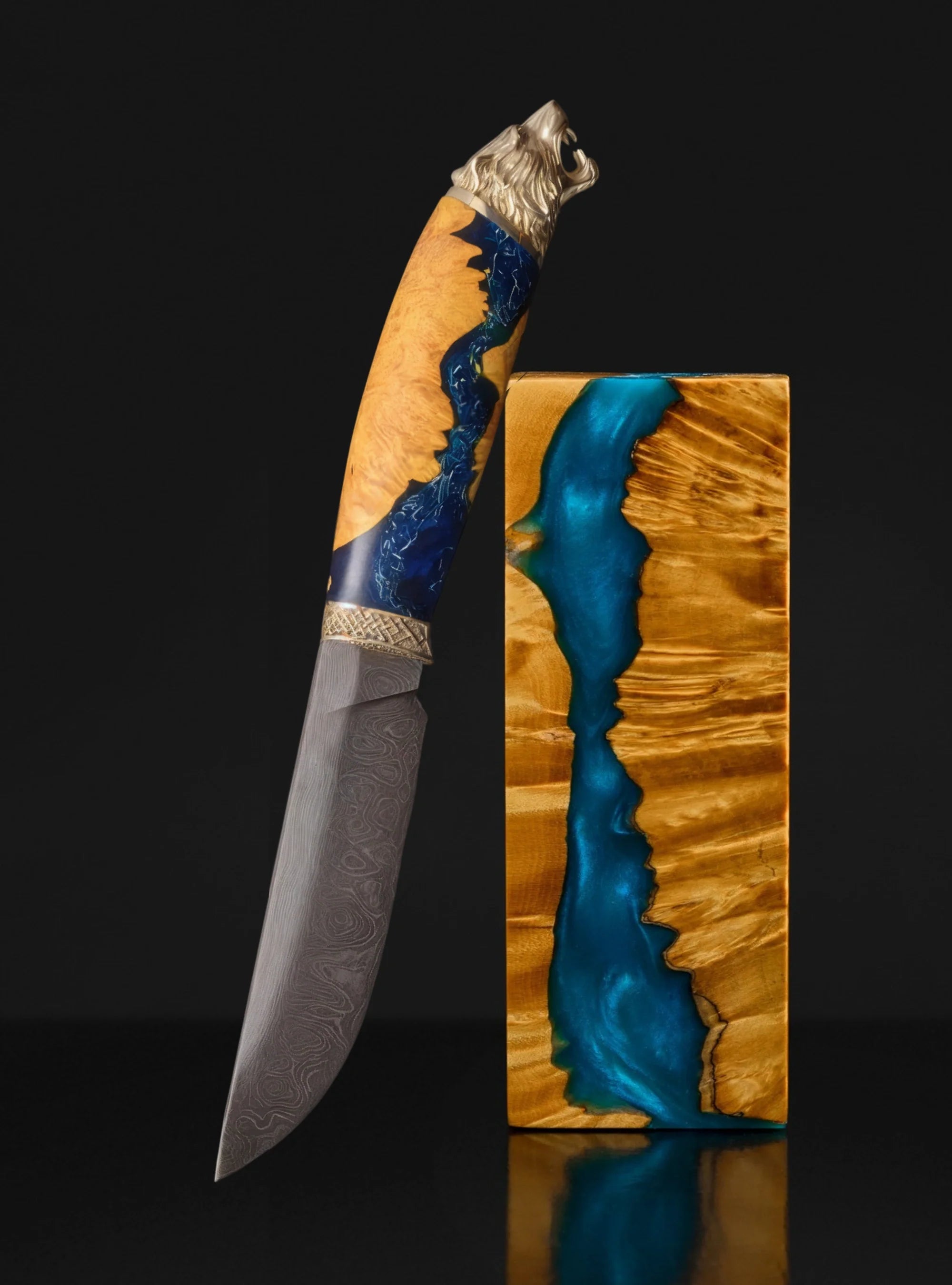
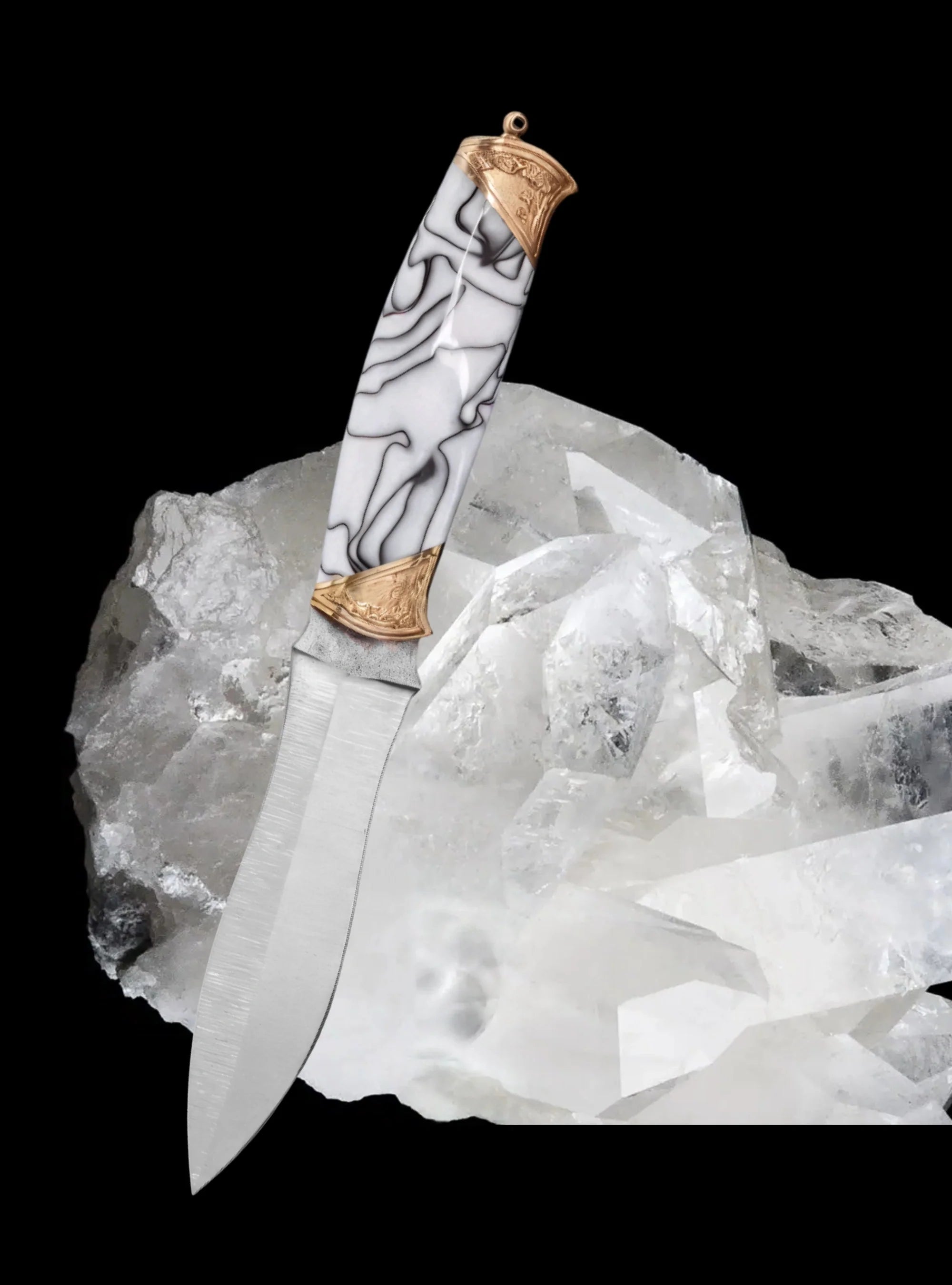
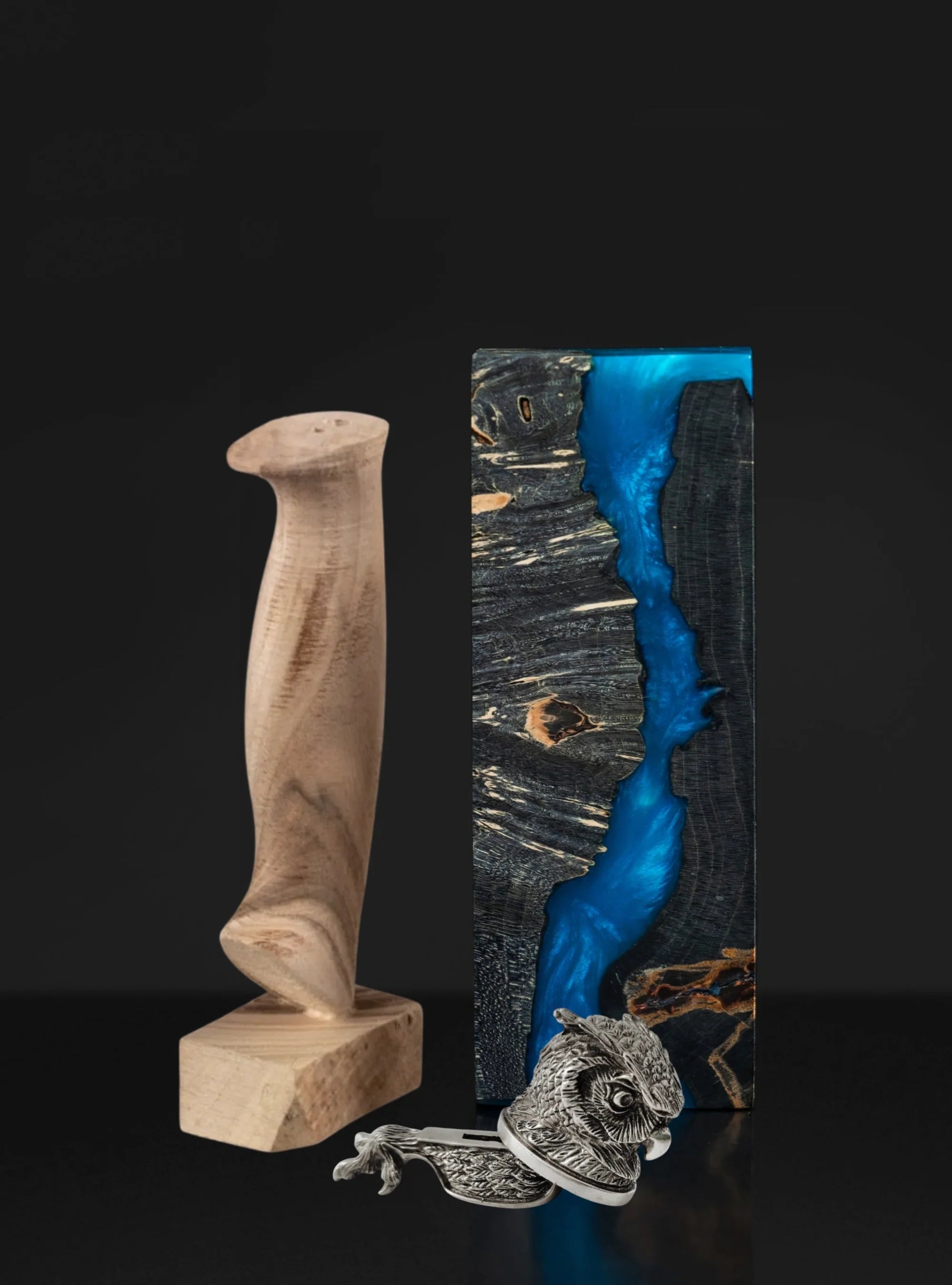
Share:
From Utility to Luxury: How Handles Define the Knife’s Character
How Handmade Knife Handles Showcase an Artisan’s Signature?